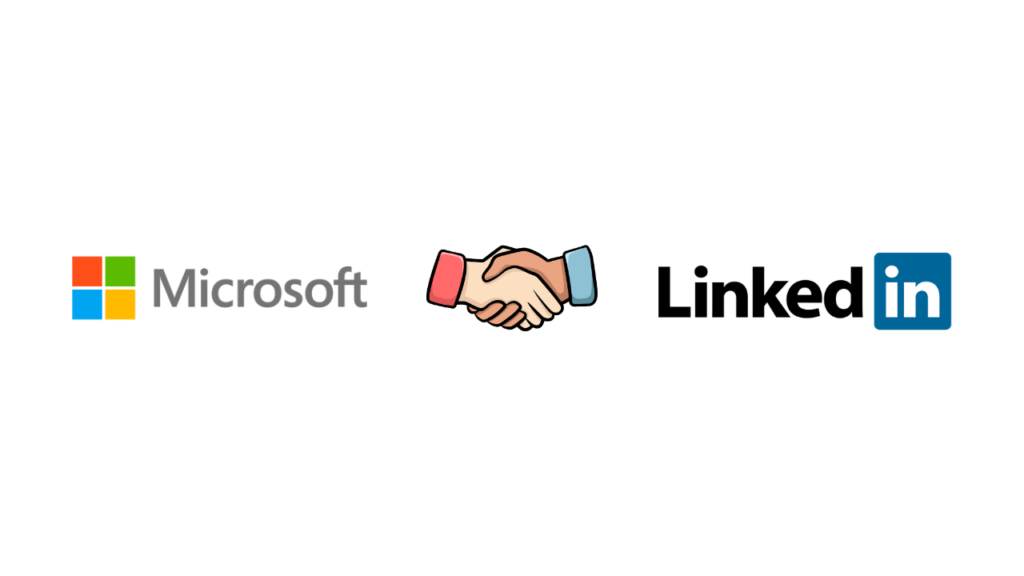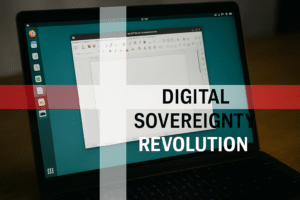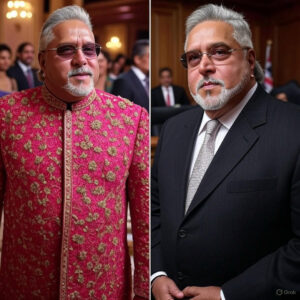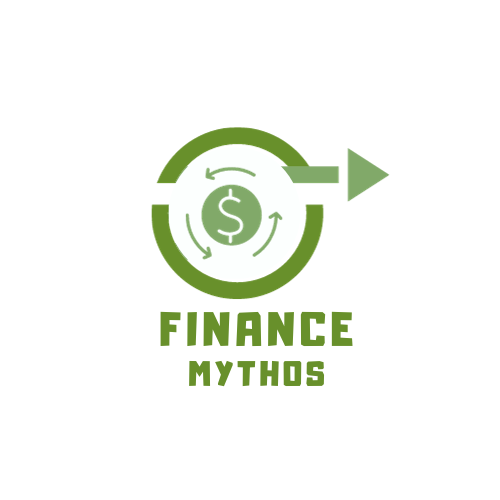Mergers and acquisitions (M&A) are often described as the ultimate test of corporate strategy. They are transformative, ambitious, and fraught with uncertainty. Yet, despite their potential to create immense value, studies show that 70-90% of M&A deals fail to achieve their intended goals.
Why? Because M&A isn’t just about combining balance sheets or market shares – it’s about merging cultures, dreams, and human aspirations. Success, therefore, hinges on two powerful tools: data-driven clarity and compelling storytelling. Together, they form the heartbeat of M&A success.
Table of Contents
ToggleThe Data: The Compass in the Chaos

Data is the backbone of any M&A decision. It provides the facts, the figures, and the framework for action. But in the context of M&A, data is more than just spreadsheets and analytics – it’s a roadmap through uncertainty.
Why Data Matters
- Identifying Gaps: Data reveals inefficiencies, overlaps, and opportunities. For example, during the due diligence phase, analyzing workflows and financial performance can highlight areas where synergies can be achieved.
- Predicting Risks: M&A is inherently risky. Data helps organizations anticipate potential pitfalls, from cultural clashes to regulatory hurdles, and craft mitigation strategies.
- Aligning Teams: Data provides measurable goals, reducing ambiguity and ensuring that everyone is working toward the same objectives.
But data alone is not enough. It’s the “what” and the “how,” but it lacks the emotional resonance needed to inspire and unite people. That’s where storytelling comes in.
The Storytelling: The Soul of the Journey

Storytelling is the art of turning data into meaning. It answers the “why” behind the numbers and connects people to a shared vision. In M&A, where change is constant and uncertainty looms large, storytelling is the glue that holds everything together.
Why Storytelling Matters
- Uniting Cultures: M&A often brings together organizations with different values, traditions, and ways of working. A compelling narrative weaves these differences into a shared vision, fostering a sense of belonging.
- Humanizing Change: Change is scary. Storytelling eases fears by putting a human face on the transition. It turns abstract goals into relatable journeys, making the unknown feel familiar.
- Inspiring Action: Stories have the power to motivate. They paint a vivid picture of the future, showing people how their efforts contribute to a larger purpose.
The Intersection: Where Data Meets Storytelling
The magic of M&A happens when data and storytelling intersect. Data provides the direction, while storytelling provides the inspiration. Together, they create a North Star that guides organizations through the chaos of integration.
How They Work Together

Data Reveals the Path: It identifies synergies, risks, and opportunities.
Storytelling Explains the Why: It connects these insights to a larger purpose, inspiring buy-in and alignment.
Feedback Loops Sharpen Processes: Data-driven feedback refines strategies, while storytelling turns these refinements into shared missions.
A Real-Life Example: Microsoft and LinkedIn
One of the most celebrated examples of data and storytelling driving M&A success is Microsoft’s acquisition of LinkedIn in 2016. This $26.2 billion deal was not just a financial transaction – it was a strategic move to combine Microsoft’s technological prowess with LinkedIn’s professional network.

The Data-Driven Foundation
Microsoft’s decision to acquire LinkedIn was rooted in data. The tech giant analyzed LinkedIn’s user base, revenue streams, and growth potential. They identified synergies, such as integrating LinkedIn’s data into Microsoft’s productivity tools like Outlook and Teams. Data also revealed risks, such as potential cultural clashes, and informed strategies to mitigate them.
The Storytelling Magic
But data alone didn’t make the deal successful. Microsoft’s leadership crafted a compelling narrative around the acquisition. They positioned it as a partnership to empower professionals and organizations worldwide.
Satya Nadella, Microsoft’s CEO, famously said, “Think of it as the coming together of the world’s leading professional cloud and the world’s leading professional network.”
This narrative resonated deeply with both Microsoft and LinkedIn employees. It wasn’t just about combining two companies – it was about creating a future where technology and human connection could thrive together. The storytelling humanized the change, eased fears, and fostered a sense of shared purpose.
The Result
The integration of Microsoft and LinkedIn has been widely regarded as a success. LinkedIn’s user base has grown significantly, and its data has enriched Microsoft’s products. More importantly, the cultural integration has been smooth, thanks to the shared vision crafted through storytelling.
The Human Element: Emotions, Values, and Cultural Beliefs

At its core, M&A is a human endeavor. It’s about people – their emotions, values, and cultural beliefs. Data and storytelling are powerful tools, but they must be wielded with empathy and understanding.
Emotions
M&A often triggers fear, anxiety, and resistance. Employees worry about job security, cultural fit, and the future. Storytelling can address these emotions by acknowledging them and offering reassurance.
For example, a narrative that emphasizes growth and opportunity can turn fear into hope.
Values
Every organization has its own set of values. Successful M&A requires aligning these values into a cohesive culture. Storytelling can highlight shared principles, such as innovation, integrity, or customer focus, and show how they will guide the combined organization.
Cultural Beliefs
Cultural integration is one of the biggest challenges in M&A. Storytelling can bridge cultural gaps by celebrating diversity and emphasizing common goals. For instance, a narrative that honors the heritage of both organizations while looking toward a shared future can foster unity.
The Heartbeat of M&A Success
Mergers and acquisitions are complex, but they don’t have to be chaotic. By combining data-driven clarity with compelling storytelling, organizations can navigate the uncertainty and create a future that inspires and unites.
Data provides the roadmap, but storytelling provides the soul. Together, they form the heartbeat of M&A success – a rhythm that guides organizations through the challenges of integration and toward a brighter, shared future.
As the Microsoft-LinkedIn example shows, when data and storytelling align, the result is more than just a successful deal – it’s a transformative journey that empowers people and organizations to achieve greatness.
So, the next time you embark on an M&A journey, remember data tells you where to go, but storytelling tells you why it matters. And when you combine the two, you create something truly extraordinary.

Jugaad on Two Wheels: The Hilarious Bike Parcel Hack in Karnataka
The Great Karnataka Bike Parcel Hack: A Jugaad Masterclass #RapidoParcel: In a creative yet controversial move, ride-hailing platform Rapido has found a way around Karnataka’s

Denmark’s Digital Sovereignty Revolution: Linux and LibreOffice Lead the Way
Introduction to Denmark’s Bold Move In June 2025, Denmark’s Ministry of Digital Affairs made headlines by embracing digital sovereignty, ditching Microsoft Windows and Office 365

🏏Sports as a Business Strategy: Insights from Vijay Mallya’s RCB Ownership
🧠 Sports as a Business Strategy (Tool) In modern business, few platforms offer better engagement and emotional connection than sports. From football clubs in Europe

🙏 Apologies in Leadership: Vijay Mallya Public Apology
🧠 Introduction: The Role of Apologies in Leadership In the corporate world, apologies aren’t signs of weakness—they’re strategic acts of leadership. When made with sincerity

Audiobook Production Costs: Navigating Recording Artists, Studio Expenses, and AI’s Impact
The audiobook industry is booming, with over 130 million listeners in the U.S. alone in 2021 and a growing global appetite for audio content. Producing

Media Trial of Vijay Mallya: How Public Perception Shaped Vijay Mallya’s Legacy
Introduction: Media’s Influence on Business Narratives In today’s hyper-connected world, media narratives can make or break a business reputation. For Vijay Mallya, once known as

